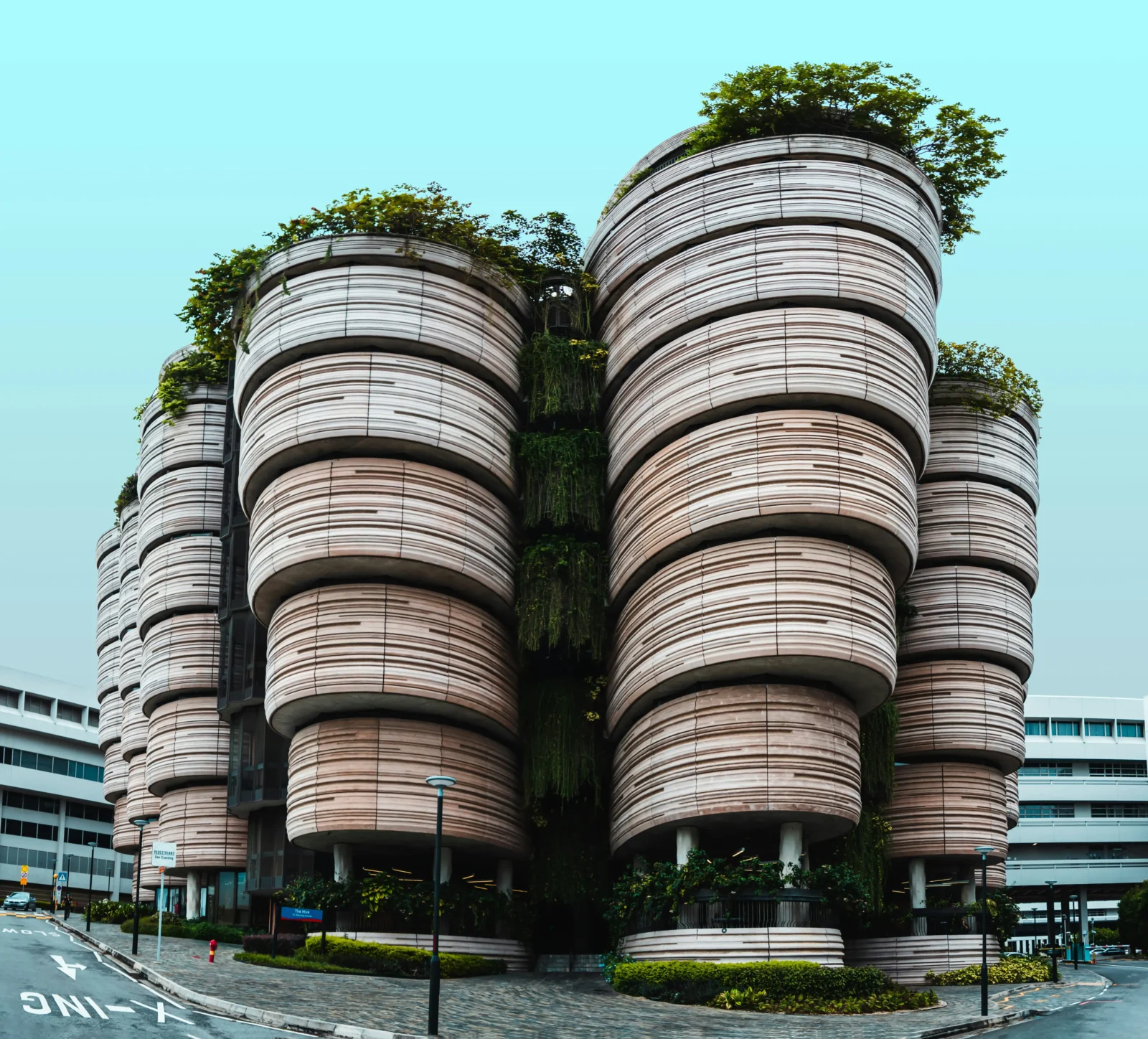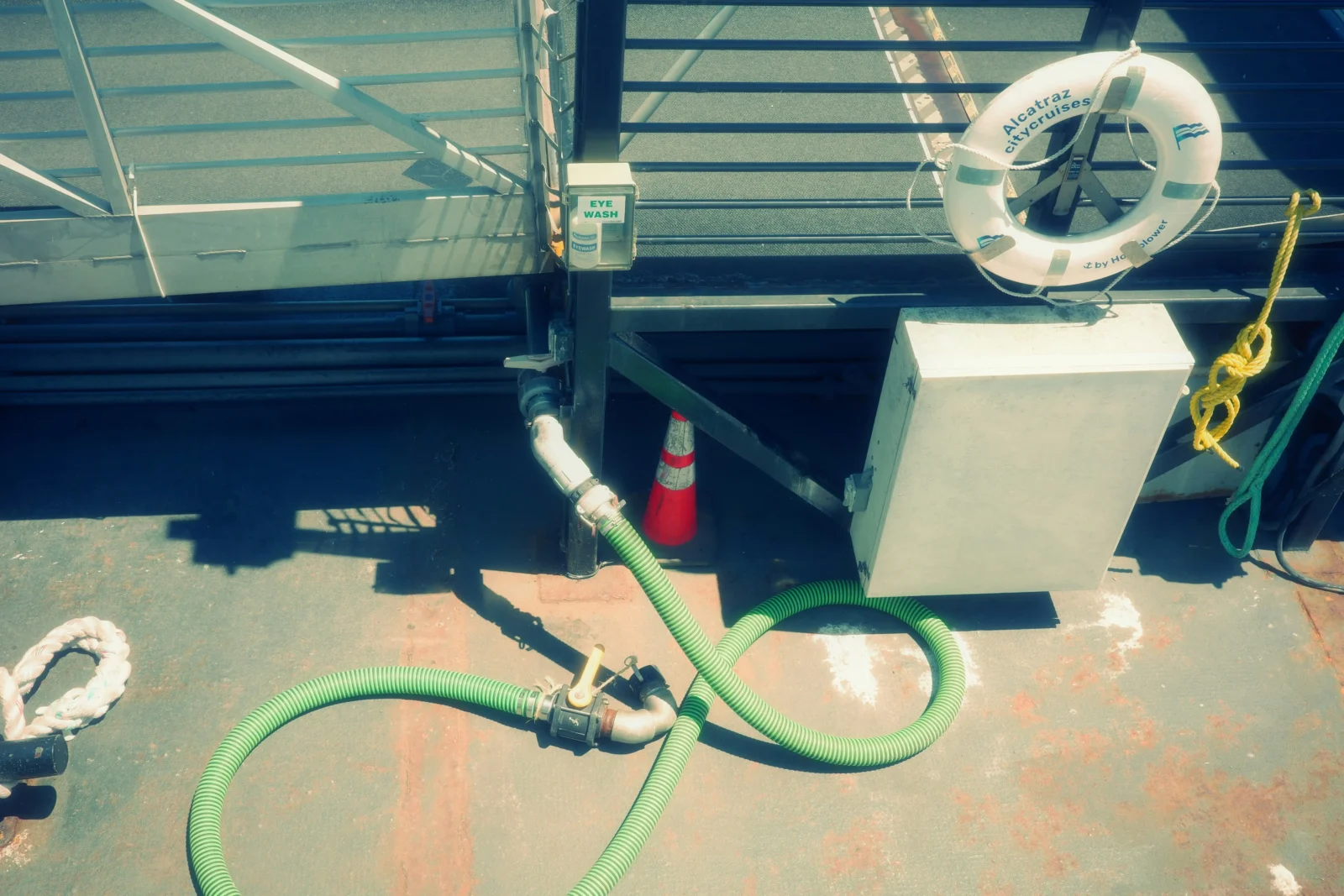- Home
- Articles
- Architectural Portfolio
- Architectral Presentation
- Inspirational Stories
- Architecture News
- Visualization
- BIM Industry
- Facade Design
- Parametric Design
- Career
- Landscape Architecture
- Construction
- Artificial Intelligence
- Sketching
- Design Softwares
- Diagrams
- Writing
- Architectural Tips
- Sustainability
- Courses
- Concept
- Technology
- History & Heritage
- Future of Architecture
- Guides & How-To
- Art & Culture
- Projects
- Interior Design
- Competitions
- Jobs
- Store
- Tools
- More
- Home
- Articles
- Architectural Portfolio
- Architectral Presentation
- Inspirational Stories
- Architecture News
- Visualization
- BIM Industry
- Facade Design
- Parametric Design
- Career
- Landscape Architecture
- Construction
- Artificial Intelligence
- Sketching
- Design Softwares
- Diagrams
- Writing
- Architectural Tips
- Sustainability
- Courses
- Concept
- Technology
- History & Heritage
- Future of Architecture
- Guides & How-To
- Art & Culture
- Projects
- Interior Design
- Competitions
- Jobs
- Store
- Tools
- More
Innovative Technologies Tackling the Problem of Wasting Water

Wasting water is no longer just a local inconvenience; it’s a global issue with environmental, social, and economic consequences. Whether through leaky infrastructure, inefficient agricultural systems, or careless domestic usage, water is being squandered at an alarming rate. As climate patterns shift and populations grow, water scarcity is intensifying in many regions. The need to rethink how we use and manage water has become essential—not only for sustainability but for survival.
Technology plays a key role in reversing the trend. Across industries, innovative solutions are emerging to tackle the problem of wasting water. These technologies aim to monitor, manage, and ultimately reduce water loss by making usage more precise, more transparent, and easier to optimize.
Table of Contents
ToggleSmart Infrastructure Is Making Water Systems More Efficient
One of the biggest culprits in wasting water is aging or poorly maintained infrastructure. Leaking pipes, inefficient valves, and outdated monitoring systems contribute significantly to unnecessary water loss in both urban and rural environments. Fortunately, smart infrastructure offers a solution.
With the integration of IoT (Internet of Things) sensors into municipal water systems, utilities can now detect leaks in real time, track pressure levels, and predict points of failure before major issues arise. These sensors continuously collect data and feed it into machine learning platforms, which help identify patterns and anomalies. When the data flags unusual flow rates or sudden pressure drops, maintenance teams can respond immediately, preventing further waste.
This level of control not only stops wasting water but also conserves energy and lowers operational costs. Cities like Singapore and Copenhagen have already adopted intelligent infrastructure solutions, resulting in measurable reductions in water loss and improved system reliability.
Precision Agriculture Reduces Waste in Irrigation
Agriculture remains one of the largest consumers of freshwater worldwide. Traditional irrigation systems, particularly those that flood fields or spray indiscriminately, result in high levels of evaporation and runoff. In regions with limited water access, this practice significantly exacerbates the problem of wasting water.
Technological advancements in precision agriculture are reshaping irrigation strategies. Smart irrigation systems use data from weather forecasts, soil sensors, and crop-specific needs to determine exactly when and how much water is needed. Drip irrigation, paired with these smart controls, delivers water directly to the plant root zone, minimizing loss and maximizing absorption.

Satellites and drones now contribute to this ecosystem by capturing detailed images of crop health, soil moisture, and field topography. Farmers equipped with this information can adjust watering practices accordingly. The result is not just a reduction in water usage but a boost in crop yield and overall farm profitability.
Household Tech Encourages Responsible Water Use
Household water usage might seem minor compared to agriculture or industry, but on a global scale, it plays a major role in wasting water. From running taps while brushing teeth to leaking toilets that go unnoticed for weeks, domestic inefficiencies are widespread. But home-based water-saving technologies are growing in both availability and adoption.
Smart water meters, which connect to mobile apps, allow homeowners to track their usage in real-time. These tools provide daily or even hourly reports, helping users identify patterns, detect leaks, and make informed decisions. Some systems can even shut off the water automatically in the event of a suspected leak, preventing damage and waste.
High-efficiency fixtures, such as low-flow showerheads and dual-flush toilets, also support conservation. When paired with behavior-change incentives—like rebates or gamified usage tracking—these innovations promote lasting shifts in how people think about water. The goal isn’t just to reduce bills but to actively combat the cumulative effect of wasting water at the individual level.
Industrial Water Management Is Getting Smarter
The industrial sector uses water in vast quantities, whether for manufacturing, cooling systems, or cleaning processes. Yet, much of this water is discharged after a single use, often untreated or poorly managed. Reducing waste in industrial contexts requires both monitoring and reclaiming technologies.
Advanced water treatment systems now enable industries to reuse their wastewater safely. Through membrane filtration, reverse osmosis, and UV disinfection, contaminated water can be purified and redirected back into the system for secondary uses. This not only cuts down on wasting water but also decreases the strain on freshwater sources.
Automation is another crucial component. Real-time data analysis of flow rates, temperature, and contamination levels allows companies to fine-tune their operations. In industries like food processing and textiles, where water quality is critical, these tools ensure both efficiency and compliance.
Companies increasingly recognize that reducing water waste aligns with broader ESG (Environmental, Social, Governance) goals. Investors and customers are demanding greater accountability, making these technologies both a strategic and ethical necessity.
AI and Big Data Power More Informed Decision-Making
Data has always been vital to resource management, but the scale and speed of modern analytics are transforming how we address the problem of wasting water. Artificial Intelligence (AI) platforms are now being used to predict demand, detect anomalies, and optimize usage in ways that human operators simply cannot achieve alone.
By aggregating data from a variety of sources—climate models, historical usage, sensor networks—AI systems create dynamic, adaptive models. Utilities can use these insights to balance supply and demand, plan for droughts, and avoid over-extraction. In the agricultural sector, AI helps farmers determine the most water-efficient crops to plant based on predicted rainfall and soil moisture levels.
Machine learning tools also support predictive maintenance. Instead of waiting for a pump to fail or a pipe to burst, systems can schedule repairs preemptively. This kind of foresight prevents wasting water and reduces long-term costs. Across the board, big data is proving to be one of the most powerful weapons in the fight for smarter water management.
Urban Design and Architecture Are Embracing Conservation
Cities are often blamed for excessive resource consumption, but they’re also hotbeds for innovation. New building designs and urban planning principles are increasingly focused on conserving water. Green architecture now includes features like rainwater harvesting, greywater recycling, and rooftop gardens that naturally reduce runoff.
Buildings equipped with automated water systems can adjust usage based on occupancy and real-time demand. For instance, motion-sensor faucets in commercial properties not only improve hygiene but also eliminate the waste caused by leaving taps running.
In urban planning, permeable pavement technologies allow water to seep into the ground rather than being lost as surface runoff. Stormwater management systems channel rain into reservoirs instead of letting it drain away. These solutions reflect a growing understanding that wasting water can be addressed at the design level, not just through user behavior.
Desalination and Atmospheric Water Generation Expand Supply Responsibly
While reducing consumption is critical, expanding access to usable water is also essential. Desalination, once dismissed as too expensive or energy-intensive, is becoming more feasible thanks to advancements in energy recovery and membrane efficiency. Modern desalination plants use less power, produce less brine waste, and operate more sustainably than earlier models.
Atmospheric Water Generation (AWG) is another emerging solution. These systems extract moisture directly from the air and condense it into clean drinking water. Originally designed for remote military applications or disaster relief, AWGs are now being scaled for residential and commercial use in arid regions.
Both technologies help offset the consequences of wasting water by ensuring that new sources can meet growing demand without placing undue pressure on existing freshwater ecosystems.
Public Awareness and Policy Must Support Technological Innovation
Technology alone cannot solve the issue of wasting water. Public engagement and supportive policy frameworks are equally important. Governments must invest in infrastructure upgrades, offer incentives for adopting water-saving tech, and enforce regulations that prioritize conservation.
Education also plays a key role. When people understand the implications of their water use—both locally and globally—they’re more likely to support change. Public campaigns that highlight the benefits of smart technology, coupled with transparent reporting from utilities, can shift cultural norms.

Partnerships between the private sector, government bodies, and community organizations foster scalable solutions. Whether it’s startups developing AI platforms or cities piloting smart grid water systems, collaboration ensures that innovation has the reach and impact it needs.
Looking Ahead: A Future Without Wasting Water
The challenge of wasting water is vast, but not insurmountable. As technology continues to evolve, the solutions are becoming more effective, more affordable, and more widely adopted. From intelligent infrastructure to AI-powered analytics, the tools to combat water waste are within reach.
The key is integration. No single technology will eliminate the problem alone. A layered approach—combining data, design, policy, and education—ensures resilience. As societies adapt and invest in these innovations, the goal of sustainable water use becomes increasingly realistic.
Addressing the problem of wasting water requires a mindset shift as much as a technological one. It’s about valuing water as the finite, life-giving resource that it is. By embracing these advancements, we’re not just saving water—we’re securing a healthier, more stable future.
Final Thoughts on Innovation and Accountability
Innovation isn’t just about new gadgets—it’s about transforming how we live and use our resources. Tackling the problem of wasting water requires more than a surface-level fix. It involves a deep, systemic rethinking of how water is collected, distributed, used, and reused.
The rise of smart technologies offers hope. These solutions give individuals, businesses, and governments the tools to see where water is being wasted and act decisively to stop it. In every sector—whether agriculture, manufacturing, or urban living—there are now proven methods to use less water more effectively.
The broader implication is that innovation can restore balance. It gives us a path to align growth with sustainability. If society commits to continuous improvement and proactive investment, wasting water can become a challenge of the past rather than a threat to our future.
As the world continues to urbanize and industrialize, it will be those who adopt forward-thinking technologies that lead the charge. The opportunity is clear, and the tools are available. The next step is action.
A licensed architect with hands-on studio experience, I translate complex design ideas into clear, engaging stories for a global audience. As a seasoned content writer and editor, I craft articles, project features, and thought-leadership pieces that illuminate emerging technologies, sustainable practices, and cutting-edge design trends—always with an architect’s eye for detail, accuracy, and narrative flow. My goal is to bridge practice and publication, giving fellow professionals and curious readers alike the insight and inspiration they need to push architectural boundaries.
Submit your architectural projects
Follow these steps for submission your project. Submission FormLatest Posts
8 Examples of Successful Disaster Resilient Architecture
As climate risks increase, architects around the world are creating innovative structures...
Preventing Cyber Threats in Smart Buildings by Design
The trend of integrating IoT technologies into buildings isn’t going away. More...
Procreate vs Photoshop: Should Architects and Designers Use Them for Architecture Work?
Procreate vs Photoshop for architects: see when to sketch on iPad and...
A Beginner’s Guide to Using Heat Pumps
Understanding home heating and cooling can be confusing, especially if you’re starting...












Leave a comment